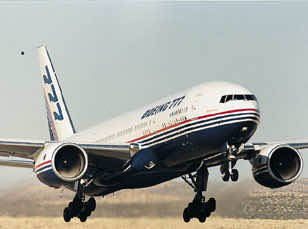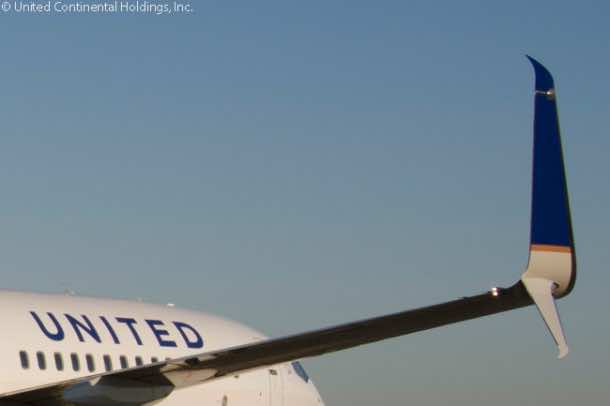Do you know that Boeing 777 was improved amazingly by NASA? It implemented the research, technology and aerodynamic knowledge that was being sharpened at a number of NASA field centers. The Boeing 777 was designed to be able to tackle medium-long range passenger flights and enjoys the title of largest twin-engine jet being manufactured today.


Back in May 1996, the first Boeing 777 stopped by Langley Research Center as an acknowledgement to NASA’s involvement in its creation. Let’s look at the contributions that NASA has made towards the commercial airplanes.
Winglets were introduced back in the 1970-1980s and helped in reducing drag along with cutting down on fuel use and increases range without having to increase the wingspan of plane. The winglets are vertical extensions you see at the end of airplane.
The engine nozzle chevrons were introduced in the 1990-200s and helped to reduce the noise of engine inside and outside of cabin. This was achieved thanks to the simulations that were carried out by NASA and helped design the asymmetrical scallops which allow the mixing of hot and cold air, thus decreasing the engine’s noise. Fan casing that could withstand damage was introduced in the 2000s and helped in preventing the broken engine blades from cutting into the airplane and posing a threat to anyone.
The composite structure of the aircraft was developed thanks to NASA’s partnership with the industry. It is a lightweight and non-metallic material. They are used in different places on the aircraft to decrease the weight while improving speed.
NASA also helped in coming up with a system that allowed to prevent snow, water and ice building up on the ground. The runway grooves were introduced in the 1960-1980s. When looked at as a whole, NASA has proven quite a beneficial ally in the development of aircrafts and has helped in improving efficiency and safety of aircrafts while allowing for a much better experience. Check out this video to know more:


